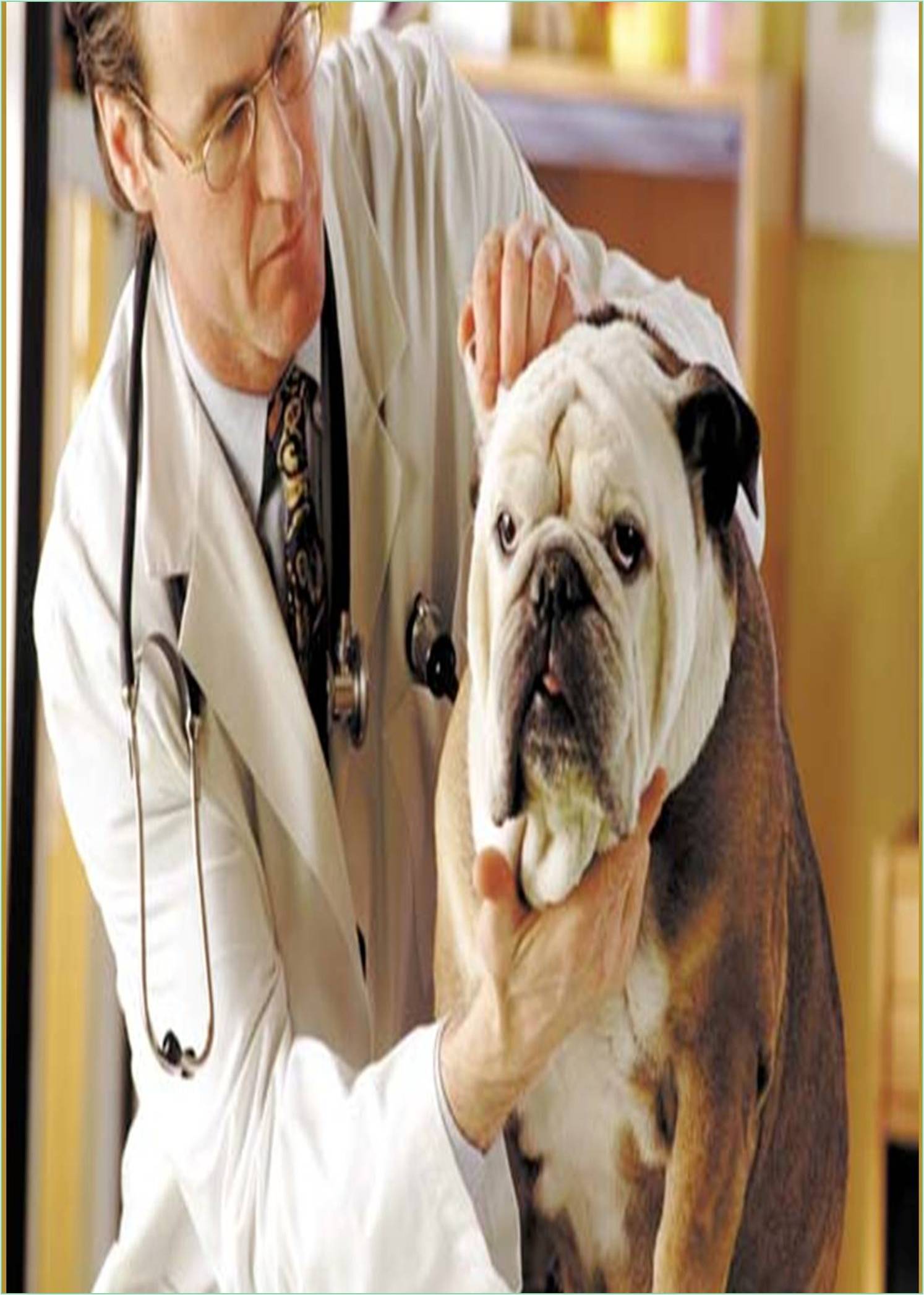



Received: 24-Nov-2022, Manuscript No. GJVMR-22-85232; Editor assigned: 29-Nov-2022, Pre QC No. GJVMR-22-85232 (PQ); Reviewed: 13-Dec-2022, QC No. GJVMR-22-85232; Revised: 20-Dec-2022, Manuscript No. GJVMR-22-85232 (R); Published: 27-Dec-2022, DOI: 10.15651/GJVMR.22.10.004
Neosporosis is caused by the protozoan parasite Neospora caninum. Neosporosis has been identified in dogs, cattle, horses, and other animals, although dogs are the ultimate host. Infection is rare but can occur through ingestion of contaminated food or water, or through infected tissue. It can also be transmitted from the mother to the fetus in the womb (transplacental). The disease is best known for causing a gestational loss in cattle, especially on farms with dogs. Neosporosis can seriously harm both cattle and dogs. It can become infected and lead to miscarriage. In puppies, the infection can become serious within a few days. Paralysis, blindness, hepatitis (yellow eyes and skin), and respiratory failure are some of the signs of neosporosis in puppies. As the condition worsens, irreversible liver damage, central nervous system damage, and even death from respiratory failure can also occur.
Some dogs with neosporosis may be the carriers and have no symptoms at all, but most have at least some of the common signs like dermatitis, skin ulcers, abortion, liver damage, and respiratory infections such as bronchitis and pneumonia. There is no vaccine available for this disease and prevention requires restricting dogs' access to cattle feed. Abortion due to Neurospora has now been documented in cattle, sheep, and horses. Dogs and other canids (such as foxes) are the definitive hosts. Fortunately, neosporosis is rarely seen in older dogs, and young dogs & puppies are most likely to be infected. Treatment needs to be done with specific medications for at least 8 weeks. Forelimb atrophy and progressive muscle stiffness are the main clinical signs that distinguish neosporosis from other diseases that cause paralysis. The hind legs are more affected than the front legs. Paralysis progresses to a rigid contracture of the muscles of the affected limb.
However, large numbers of healthy calves can become infected with Neospora, it is important to rule out other causes of abortion, particularly BVD or leptospirosis, before making a diagnosis of neosporosis. The most common neosporosis symptoms seen in puppies and young dogs include difficulty breathing, muscle atrophy, paralysis, and, in severe cases, swallowing problems, which can be fatal. Cessation of clinical disease is best achieved if treatment is initiated before contractures or paralysis begins. Dogs usually die without treatment, and some even die with treatment. Dogs should never be fed raw or undercooked meat, especially beef. If possible, the meat should be cooked to kill any Neospora parasites that may be present in the meat tissue.
The parasite can be lethal in cattle, often resulting in abortions and births of premature or infected calves. Dog owners should keep their dogs on a leash or keep them under close control, and keep their pets tidy when out on nature walks. Clinical neosporosis in puppies should be treated with clindamycin (20-22 mg/kg twice daily) or potentiated sulfa drugs (15-30 mg/kg trimethoprim-sulfamethoxazole twice daily). Although exposure to the protozoan parasite Neospora caninum is common, clinical symptoms are rare and tend to be seen in puppies and young dogs when they occur. Occasionally older dogs are affected by this disease.